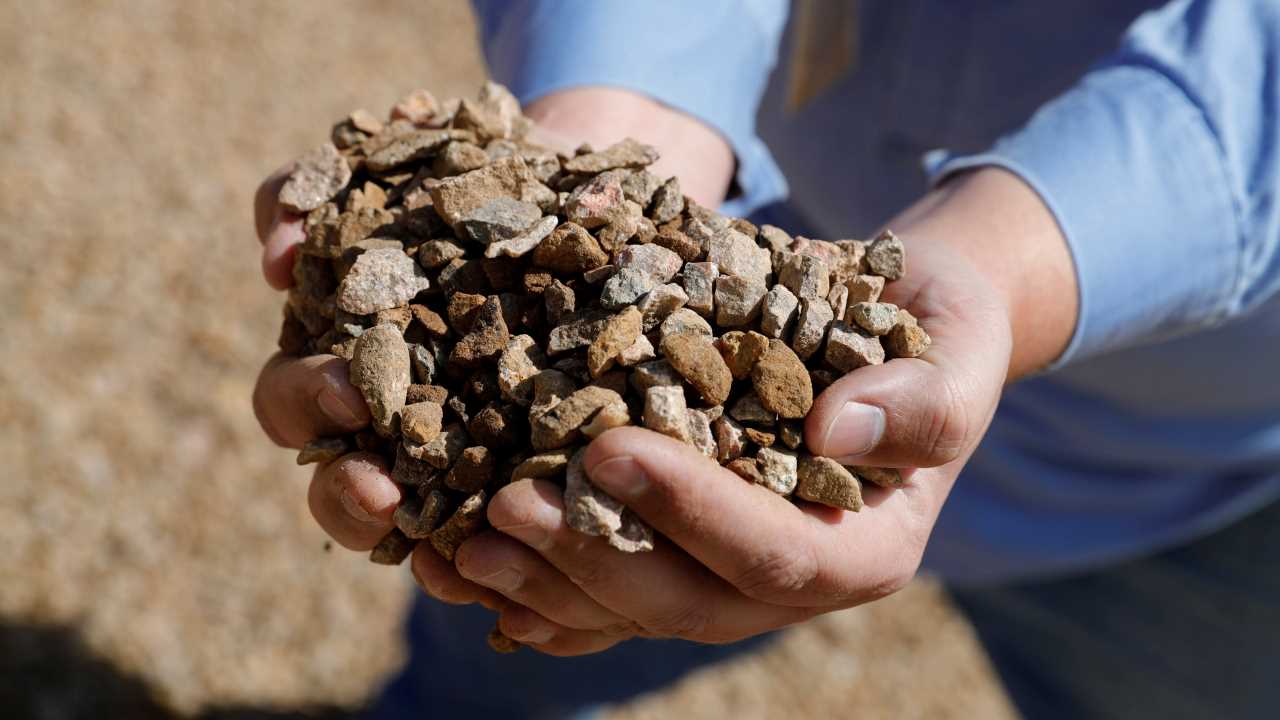B Prasanna, Head of Global Markets at ICICI Bank, suggests that with the global environment leading to a weaker rupee and a stronger dollar, the case for a rate cut has become less clear, pushing expectations for any rate reduction to be postponed until April.
Meanwhile, Arup Rakshit, Group Head of Treasury at HDFC Bank, believes that the RBI is unlikely to cut rates this fiscal year, pointing to the ongoing volatility in currency markets.
Rakshit predicts that the rupee could move within the range of 84.20-85 per dollar over the next two to six months, with the possibility of breaching the 85-mark, adding to the increasing pressure on emerging markets, including India.
This is the edited excerpt of the exclusive interview with the market experts:
Q: We saw the ugly inflation number. What does the Reserve Bank do? When is your first break from that expectation?
Prasanna: We are in a situation where the Reserve Bank of India (RBI) is likely to revise growth lower and probably revise inflation higher by maybe 20 basis points or so. The fact that the global environment is now leading to a weaker rupee and a stronger dollar means that the case for a rate cut is not as clear as it was earlier. Earlier, we had a call of February, now it definitely looks like there is a possibility of that getting postponed to April.
Q: What about you, Arup?
Rakshit: Q1 next fiscal, it is unlikely to happen this year.
Read Here | Rate cut unlikely before February, say experts amid inflation spike
Q: What is your view, do you think we see this continued pressure, are we stopping at 84.4 per dollar or do you think 85 per dollar is very much on the horizon?
Rakshit: I think 85 per dollar is very much possible. So if I have to put a number I would think it will be an 84.20-85 per dollar kind of a range which is likely to happen in the next two-six odd months. If one was to extend the timelines it can go up to 85.50 per dollar. 85 is not a barrier that can’t be breached.
But what we are likely to see is a lot more volatility in the days to come unlike what we have seen in the last couple of years, rupee will remain volatile, maybe within the range but it will remain volatile.
Read Here | Indian cenbank likely selling dollars to support rupee amid Asian currencies’ slide
Q: Prasanna what’s your sense? What is the range that we should look at now for the rupee?
Prasanna: I think more than a particular level of the rupee, we need to come to terms with the fact that, after a long, long time, it’s actually the strong dollar and the tremendous redistribution of the rest of the world, growth into the US, growth, which is what has been happening driven post the Trump elections and the expectations of his policies. We need to understand that what could have turned out to be a very positive period for emerging markets, because the Fed was starting to cut rates and in that scenario, you would have had a middling kind of a US growth, but you would have had a very strong emerging markets (EM) growth, and they would be search for yields, and people will come into EM. So that was a situation maybe around 30 days ago or 45 days ago, but the election results and the red suite, not just Trump’s election, but the fact that he’s got both the houses as well, has made it very clear that it’s the pro-US growth policy, which is going to, you know, form the basis of everything that’s going to happen.
It’s going to be a slightly dark period for emerging markets, overall, and within emerging markets, though, India is one of the stars, and doing pretty well the fact of the matter is, when the money itself is returning back to the US, from dollar strength perspective, it’s very difficult for emerging market currencies to stand against it. So what we are seeing is that, like you mentioned in your initial commentary, almost all emerging market currencies are weakening, and it’s only because of the RBI that the rupee is actually weakened a little less. And you would see that almost on a daily basis, there have been substantial outflows on the equity market. It’s been compensated only by the Reserve Bank intervention.
Q: Do you think Indian companies are prepared for this rupee depreciation because, the RBI was being your kind of tragedy manager by managing the volatility, will it show in the Q3 balance sheets that people didn’t manage their currency risk?
Rakshit: Good question, and see, but there has been complacency at the level of the Indian corporates. But if the depreciation remains within that 1 to 1.50% from here on, I don’t think that should impact much.

